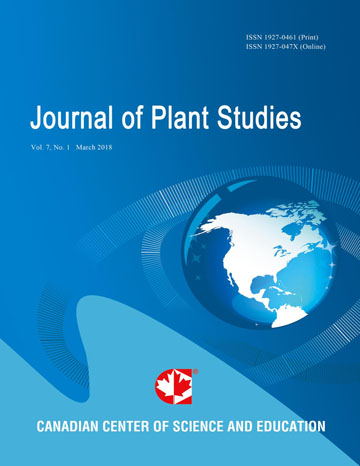Ecology and Diversity of Diatoms in Kuttanadu Paddy Fields in Relation to Soil Regions, Seasons and Paddy-Growth-Stages
- Dhanya Vijayan
- Joseph Ray
Abstract
This assessment of ecology and diversity of Diatoms in Kuttanadu, is continuation of the previous publications of Green-algae and Blue-green-algae of the same region; all the three investigations were carried out simultaneously. The unique Kuttanadu wetlands (90°17'N to 90°40'N; 760°19'E to 760°33'E), a well known ‘Rice bowl’ of Kerala, spread over 53,639 hectares, is located in Alapuzha District of Kerala, India. This wetland was once known for its high biodiversity, but currently severely affected by intensive green-revolution activities of past few decades. Main objective of the present report is to explain the diversity and ecological status of Diatoms in relation to the environment conditions currently existing in the region. Duration of the study was from December 2009 to October 2010. Soil samples of three different soil-types in two different crop-seasons, at two diverse crop-growth-stages are analyzed and compared. Altogether 120 composite soil samples randomly collected from the broad wetlands are analyzed. A rich community of Diatoms, of 40 species is found out. The order Naviculales is observed as the dominant Diatom (40%) in these paddy wetlands. Ecological parameters of Diatoms were found highest in the Lower Kuttanadu soil region, during Virippu season, at the seedling- stage of the crop, whereas the lowest value for most of the parameters were observed in Kayal soils during Puncha season at the seedling-stage. Apart from the specific soil factors influencing Diatom population characteristics in the region, crop seasons and soil phosphorus are found to have significant influence on Diatoms in this wetland paddy soils.
 PDF
PDF
